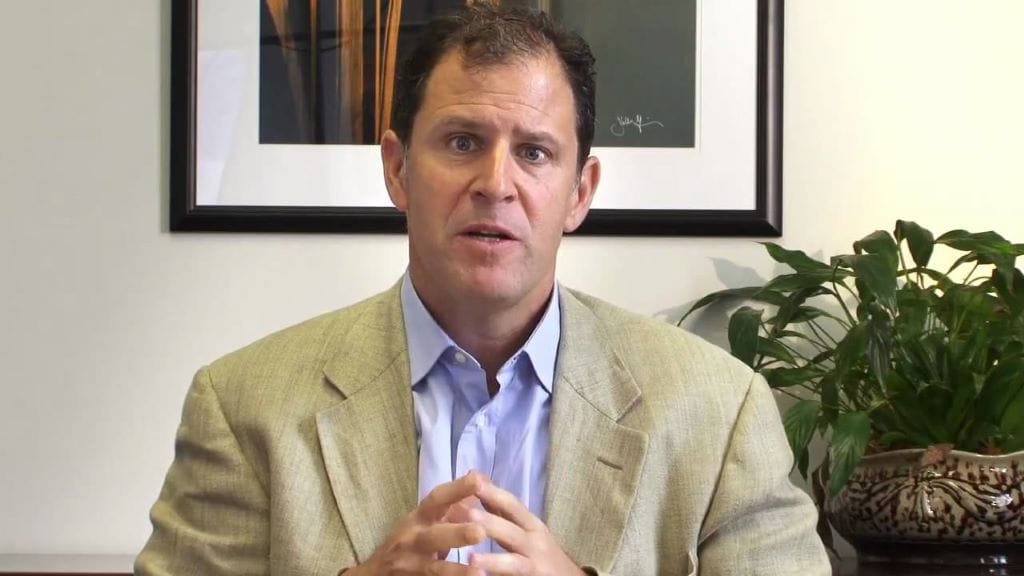FCC Fees Jurisdiction Challenge, Rip and Replace Shortfall, Report on Broadband Investment High
TechFreedom cites Supreme Court’s EPA decision as limit on FCC authority to broaden agency fees.
Teralyn Whipple

July 19, 2022 – Non-profit tech lobbyist TechFreedom said in comments filed in response to the FCC’s notice of proposed rulemaking to open new avenues for fees to fund commission’s operations that a recent Supreme Court decision reinforces the agency’s inability to do so.
The Monday submission challenged the proposal, which pitches the idea that the FCC adopt new regulatory fee categories on non-licensees that benefit from the commission’s regulatory efforts.
“Before the FCC can regulate an entity, or levy regulatory fees, the Commission must have actual authority over the entity,” said James Dunstan, TechFreedom’s general counsel in a press release. “Especially after the Supreme Court’s recent decision in West Virginia v. EPA, an administrative agency can’t undertake new regulations just because it’s a good idea—regulations must be grounded in clear statutory authority.”
The West Virginia v. EPA Supreme Court decision earlier this month limits the scope of decision-making by agencies on certain matters, finding that the Environmental Protection Agency has limited regulatory authority and that Congress alone has the power to decide on “major questions” of “vast economic or political significance.”
There were varying opinions on whether tech regulators like the FCC would be affected by this decision.
“That the FCC can somehow levy regulatory fees on large technology companies runs contrary to any notion of jurisdictional limits on the FCC,” read the comment from TechFreedom.
FCC faces rip and replace shortfall
The Federal Communications Commission said in a letter dated Friday there is a roughly $3-billion shortfall for a reimbursement program intended to compensate providers who must remove equipment from Chinese providers deemed a threat to national security
The rip and replace program, which forces providers to replace Huawei and ZTE equipment, was funded with $1.9 billion from Congress. But in the letter to Senator Maria Cantwell, D-WA, chair of the Committee on Commerce, Science, and Transportation, the agency said the current amount allocated can only cover 39 percent of the total costs.
In a public notice on Monday, the agency said 181 applications seeking roughly $5.6 billion have been filed for the reimbursement program, which is paid for after removal work is done.
In October, the commission opened a filing window for applicants seeking program support in replacing the allegedly insecure equipment. The agency has since completed its review of the applications and found that to fund all reasonable and supported cost estimations, the program will require $4.98 billion.
The commission, which warned Congress about the shortfall in February, will prorate reimbursement funds equally to all eligible applicants due to the lack of funds, stated the letter.
In 2020, the FCC determined that Chinese manufacturers Huawei and ZTE posed a threat to United States security, saying in a news release that there was “overwhelming evidence” that both companies were guilty of espionage. Congress then passed the Secure and Trusted Communications Networks Act to remove the companies’ equipment from American use, allocating $1.9 to the reimbursement fund.
This follows concerns that small and rural carriers would be unable to comply with replacement requirements as workforce and semiconductor shortages persist.
USTelecom reports 20-year high in broadband investment last year
Broadband trade association USTelecom found in its annual report released Monday that broadband providers invested at least $86 billion in 2021, reaching a twenty-year high.
This number indicates an 8.3 percent increase from 2020 and is more than $5 billion more than the next highest amount, $80.8 billion, in 2019. It is also half the amount of the Broadband Equity, Access and Deployment program, a $42.5 billion federal funding program for broadband infrastructure.
The report notes these “unprecedented levels” can in part be attributed to providers bringing fiber to over 50 million households in the coming years, read the report.
Since 1996, United States communication providers have invested around $2 trillion to build out America’s communication infrastructure, the report said.
“2021’s $86 billion capex investment is important because it represents our commitment to bringing all in America the communications networks of the future,” wrote USTelecom President and CEO Jonathan Spalter in a blog post.










Member discussion